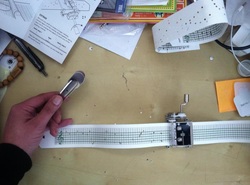
Next, on January 12th in Orlando, percussionist Matt Roberts will debut a piece that he commissioned from me entitled LOG. Although LOG is for the concert hall, it is also a site-specific work. The percussionist is instructed to find some sort of log to perform upon, as well as make a field recording of the place the log was collected. Additionally, I made a custom music box that is affixed to the log which acts as a sounding board. The performer then plays on the log, plays the music box on the log, and all of this is with the field recording from the log's place of origin serving as a counterpoint and accompaniment - a dual presentation and exploration of the sonic environment moved into a nearby space. More info about the LOGstravaganza in Orlando can be found here.
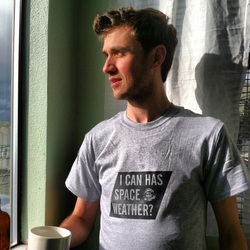
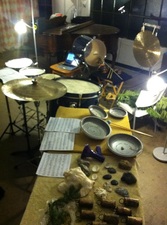
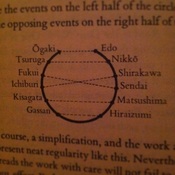

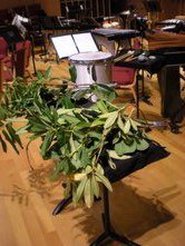
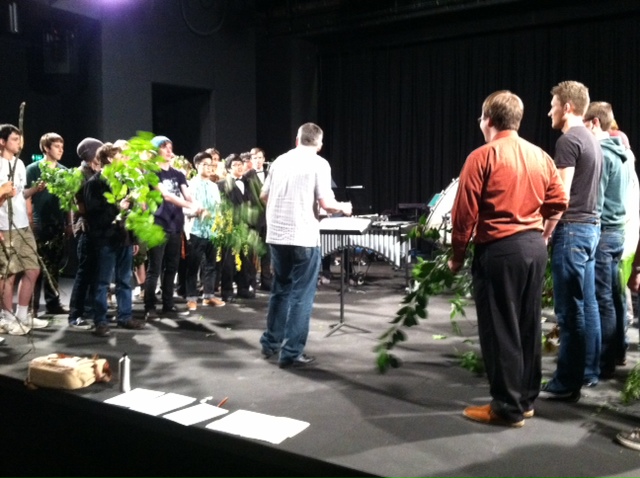
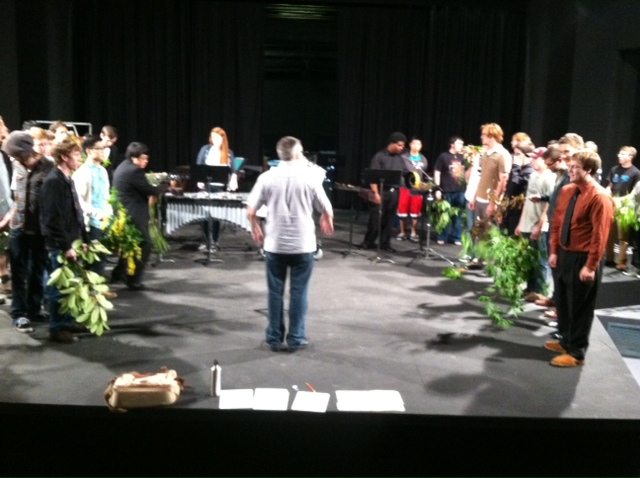
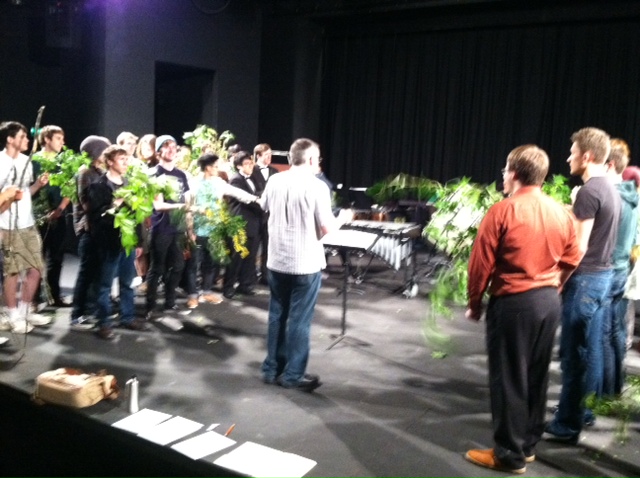
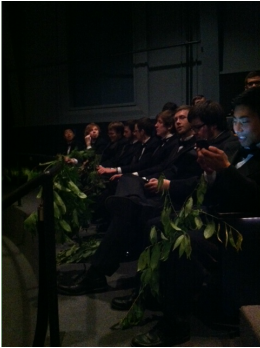

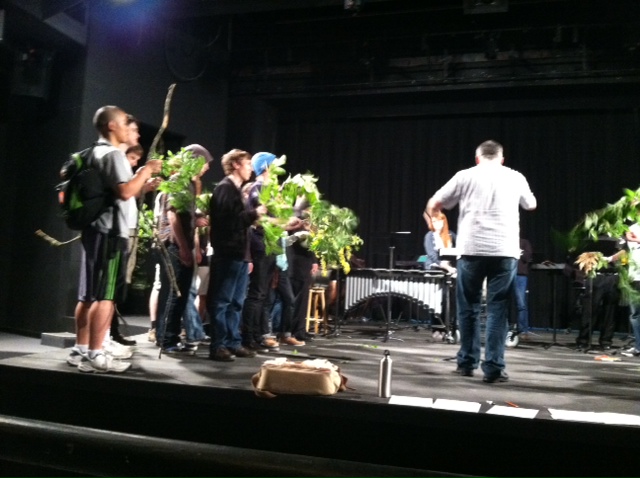

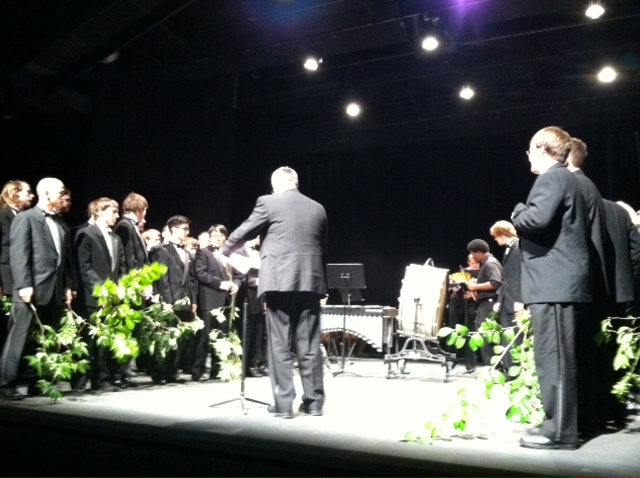
 RSS Feed
RSS Feed